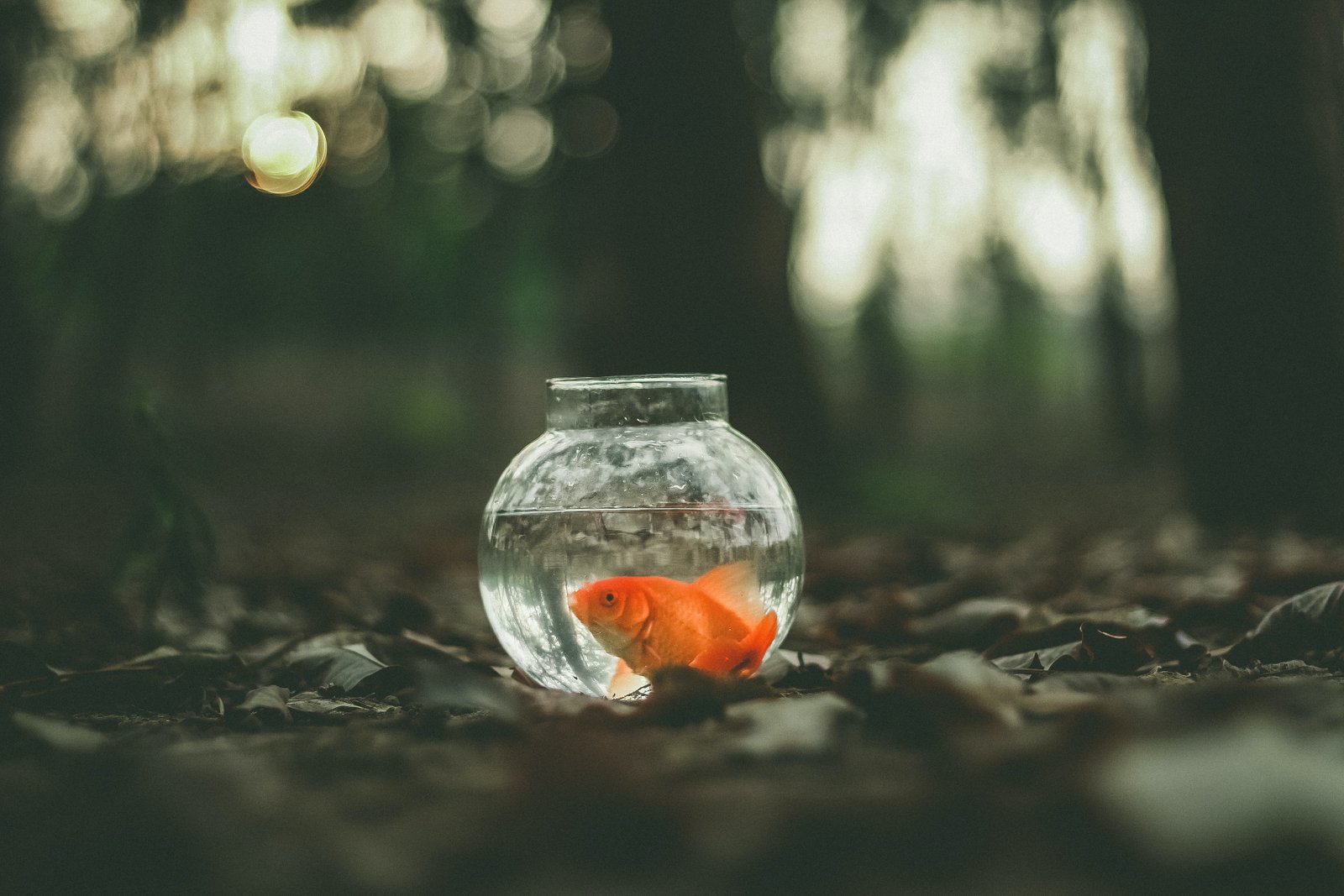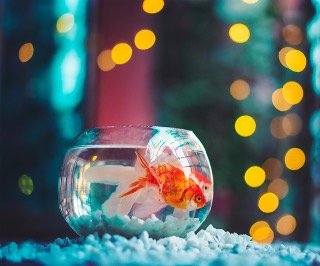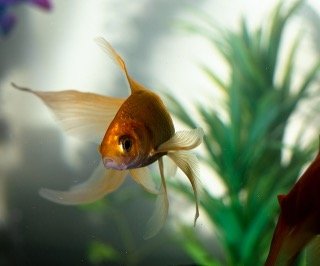
Introduction
Have you ever gone a few days without cleaning the cat’s litter box, and when you finally start going through the litter, you get hit in the face with the odor of ammonia? Ammonia smells awful, and once you’ve experienced it, you never forget it. Too much ammonia in your system can irritate your skin, damage your lungs and airways, and irritate your respiratory system. Did you know that your goldfish emit ammonia, which not only builds up in the tank but also puts the fish’s life in danger? The following information about goldfish and ammonia is important to know.
Where Is Ammonia Produced?
In many animals, the urinary system is used for the excretion of ammonia, a byproduct of metabolic processes within the body. Although goldfish have a distinct urinary system from mammals, they nevertheless create ammonia. A urinary hole, which resembles the urethra, is used to eliminate ammonia that has been processed by the kidneys. The gills are used to eliminate ammonia that is created during breathing and other metabolic processes. Whatever the source of the ammonia, it starts to accumulate in your tank. Goldfish produce a substantial bioload, which means they excrete a lot of ammonia, making them particularly filthy fish.
Keeping Ammonia Buildup at Bay
What then are you going to do about the ammonia in your tank? You can use chemical additions in your aquarium to neutralize ammonia and transform it into a less harmful form. However, you shouldn’t notice ammonia accumulating if your tank has been adequately cycled and filtered. Using a dependable test kit, check the ammonia levels in your tank on a regular basis. A cycled tank should always have a 0 ppm ammonia level. If the ammonia levels start to climb, something has gone wrong with your tank’s cycle and your colonies of good bacteria have suffered.
Poisoning by ammonia
You may also like to read Why Don’t Goldfish Live Longer?
When your fish are exposed to excessive concentrations of ammonia or are exposed to ammonia over an extended period of time, ammonia poisoning results.
Adding fish to an uncycled tank, a crashed tank cycle, maintaining an overstocked tank without proper filtration, an increase in the water’s pH, and prolonged exposure to unfavorable water conditions, like in a feeder fish tank, are common causes of ammonia poisoning. Many fish will start to develop black spots on their scales and fins as they begin to recover from ammonia toxicity.
Check your ammonia levels if your fish develop any new black areas. Even if the ammonia levels are still high, black patches can form as the body works to cure ammonia burns. Not all black areas indicate that the ammonia levels have returned to zero. Ammonia poisoning may result in skin burns, scale loss, the loss of fins, or fin rot. Whatever you do, there is no certainty that your scales and fins will grow back. Fin clamping, lethargy, inappetence, erratic swimming, gasping, air gulping, and lying on the bottom of the tank are further signs of ammonia toxicity. Check all of your water’s parameters to rule out ammonia and other toxin buildup if your fish show any of these symptoms. Along with removing the ammonia from the water, aquarium salt baths and items that restore the slime coat can all be utilized to assist your goldfish in recovering from ammonia poisoning.
Conclusion
One of the most frequent causes of death for goldfish is ammonia, especially in beginners and unskilled keepers. The “new tank syndrome” is characterized by elevated ammonia levels, which can be prevented with adequate tank cycling, filtration, and water upkeep.
Check your water parameters, treat your tank for excessive ammonia levels if ammonia is present, and then start treating your fish by boosting immunity and slime coat if you observe any indications of ammonia poisoning in your goldfish. You cannot rely on sight or smell to detect ammonia in your fish tank because even though humans are accustomed to smelling a strong odor when ammonia is present, you won’t see or smell ammonia in your fish tank.





